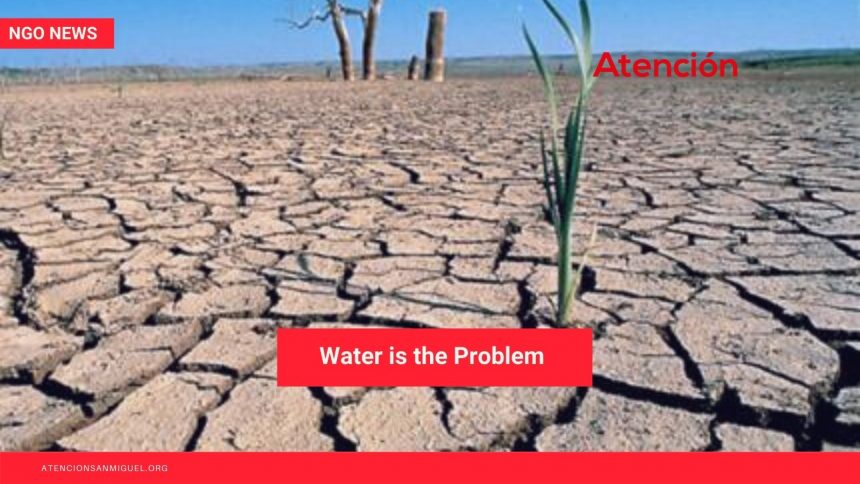By Michael Hertz
I received this email: “At Caminos de Agua, we’ve written to you many times to talk about the water crisis in our region and its devastating impacts on rural communities. But, because the crisis is increasingly affecting cities like San Miguel de Allende, it’s clear to us that the time has come to also really focus . . . the future of our finite water resources.”
This is due in San Miguel to no rain, increasing population, and agricultural use of water to export produce to the US. What can be done about it?
We’re not going to stop population growth. And if it doesn’t rain, we have to find other ways of getting or saving water. For starters, we should get rid of flush toilets and, with the ones we have, learn not to flush pee but only pooh. “If it’s yellow let it mellow; if it’s brown, flush it down,” as they say. Caminos de Agua promotes rainwater catchment systems in the rural areas but we should really do that in the city, too. Why not require houses within the city to have catchment systems? Start with new buildings.
But water catchment won’t help if rain doesn’t fall. Fortunately, there are technical methods now. Consider AWG (“Watergen”). “The production of drinking water from humidity in the air (AWG) is one of the most important and innovative water extraction solutions available today, used to tackle the growing problem of depleting levels of drinking water in the world. Within a decade from now, it is believed that 50 percent of the world’s population will live in areas without access to clean, fresh, and safe drinking water.” But to make it work on a municipal basis, you’ve got to figure out the finances. Fortunately, solar power would handle the electrical power aspect, and at present San Miguel’s weather would permit taking water from the sky (AWG has tested well in much drier climates).
AWG is an expensive solution. Changing agriculture may be better. Presently, San Miguel uses almost 90 percent of the water for agriculture, a significant portion of which is exported to the US. Broccoli is a favored vegetable but other vegetables use far less water and might be a better choice. My favorite is edible cactus, which grows in the wild and is eaten by the locals. But there are many others, such as lima and pole beans, corn, cowpeas, mustard greens, and quinoa, as well as watermelon, okra, and tomatoes. The government should consider forbidding large growth of heavily water-dependent crops while subsidizing crops that don’t use much water.
Too much regulation? But if something isn’t done promptly, ground water will run out (or become arsenic and fluoride intoxicated). It’s strange that the San Miguel moneybags invest in new buildings– will they even be salable if water resources aren’t available? Without water the entire San Miguel economy will come crumbling down, and a town which has been rated the greatest city in the world will become uninhabitable.

